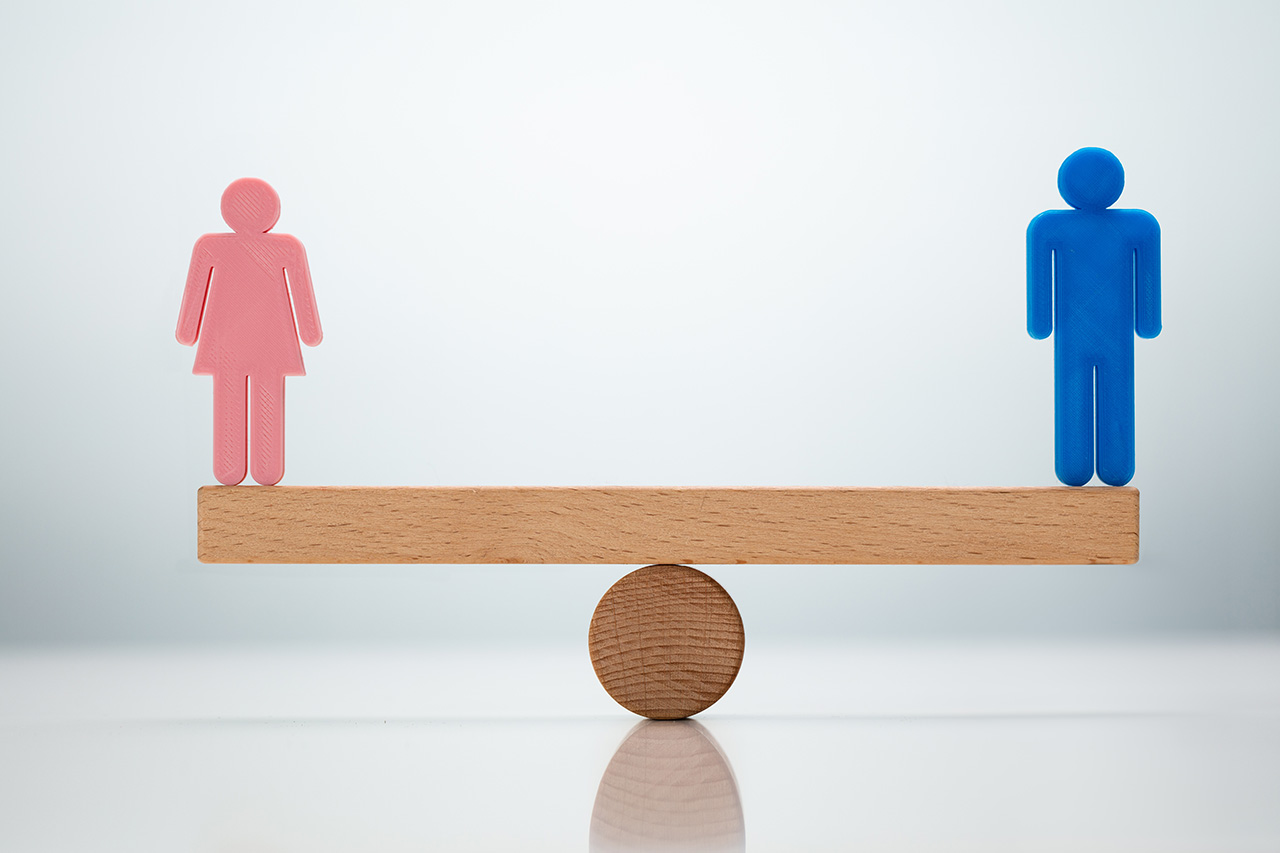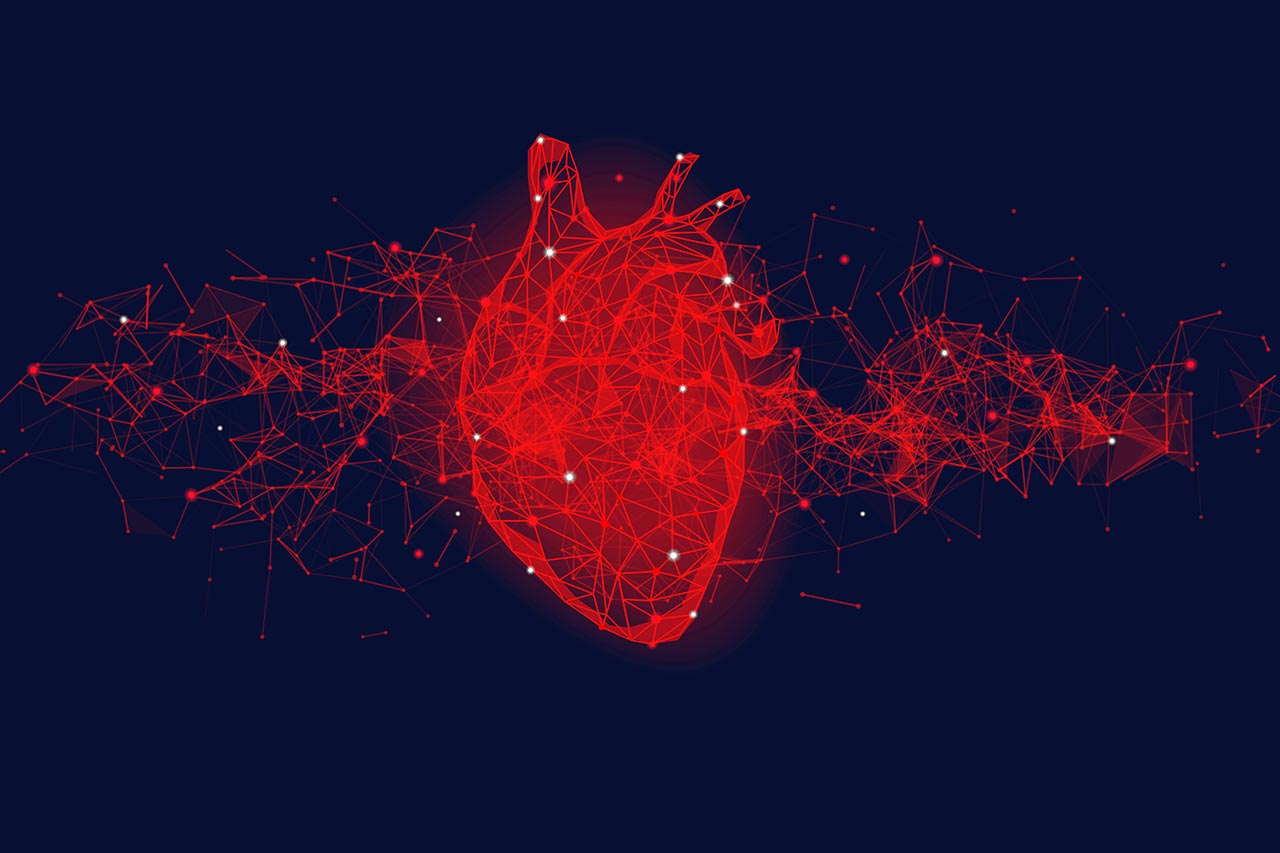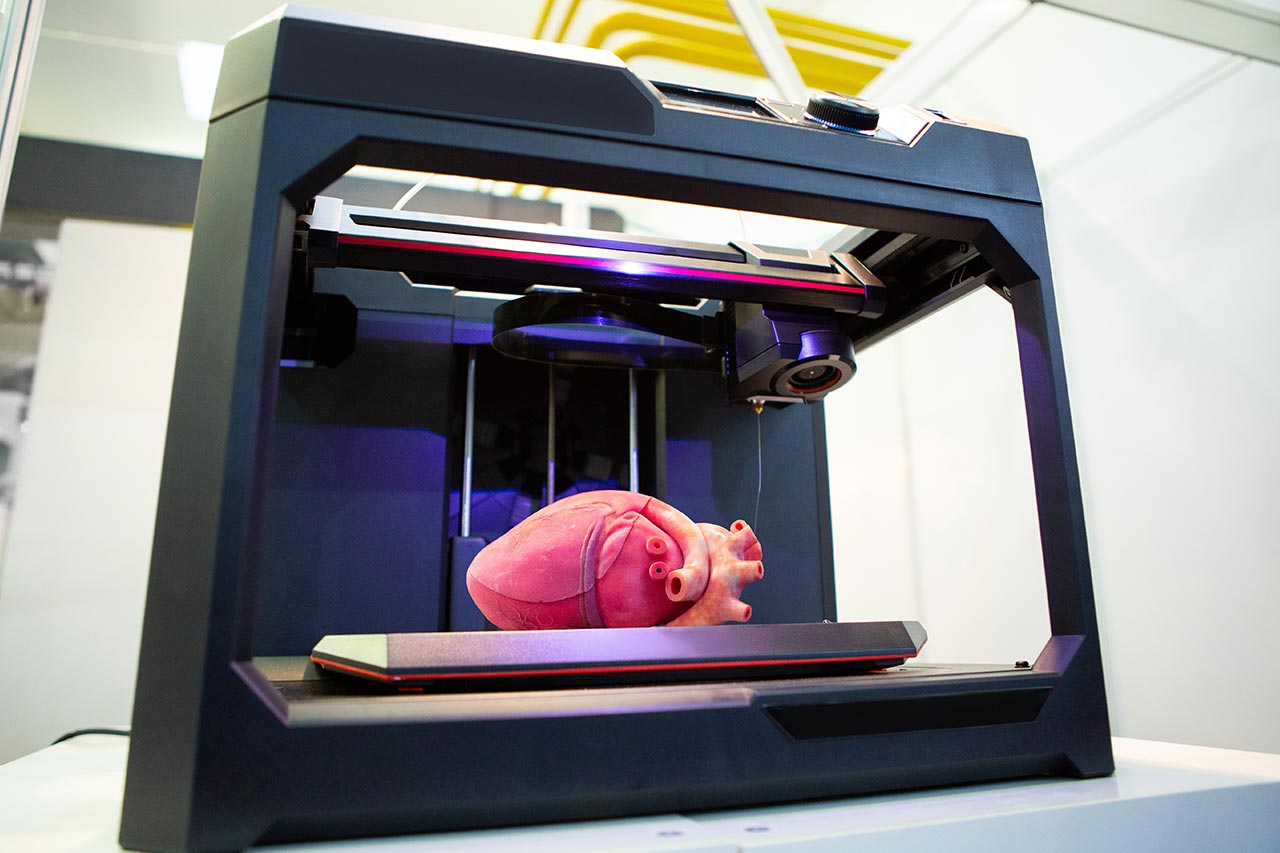Cardiovascular disease in women: why do we have a gender gap?
What is right for men is not always right for women. Certain cut-off values to indicate heart damage differ for men and women.
Traditionally, many studies have been focused on male participants. Women are therefore less studied than men. On top of that, women start having heart problems about nine years later than men, this leads to the misperception that they are protected against cardiovascular disease.
Furthermore, most decision-makers in healthcare are male. There is a vast underrepresentation of women in top-positions in healthcare. KOLs believe that this negatively influences the chances of studies done specifically on women, notably heart diseases.
Over the past years, studies have shown that men and women must be diagnosed and treated in different ways. Simply said: what is right for men is not always right for women. Certain cut-off values to indicate heart damage differ for men and women. An example for this is the troponin test, a routine test for heart attacks: after adjusting the limits for this test, the number of women receiving the right diagnosis increased.
How the gender gap in heart attack affects women
Studies show that women are suffering from a gender gap at every stage of heart attack.
Women delay in seeking for help in case of cardiovascular disease
Women sometimes present different symptoms of heart disease. Whereas men mainly suffer pain in the chest, neck, or back, women also experience nausea, vomiting, tiredness. Women are often not aware of this and delay in seeking for help. They wait about 37 minutes longer than men before contacting medical services.
Women receive less care
A large study found that women in the emergency rooms are:
- Waiting ten minutes longer to be evaluated
- Less likely to be triaged as an emergent case
- Less likely to get an EKG
- Less likely to receive cardiac monitoring
- Less likely to be evaluated by a physician
- Less likely to be admitted to the hospital
Consequently, women have a 50% higher chance of receiving a wrong first diagnosis in case of a heart attack. As proper diagnosis is key to survival, this increases their risk of dying by 70%.
Women get poorer aftercare
On top of the delays and misdiagnosis within the hospitals, women receive poorer care after suffering from a heart attack. They are for example prescribed fewer medicine when leaving the hospital. Within a year of the first heart attack, survival rates are lower in women than in men.
Many women deaths could be prevented if they received the same standard of care as man.
Read also: The need for an optimal care pathway: the case of heart failure patients
What are the crucial steps to start closing the gender gap in cardiovascular disease?
- Increasing awareness and empowering women: Make sure women know about the risks and symptoms of heart disease and encourage them to visit the ER when in doubt. Women should also be encouraged to ask specific questions to their physician, for example ‘Am I having a heart attack?’
- Fund research: fund research towards treatment of cardiovascular disease specifically for women. Many studies in the past have been focused primarily on male participants. More research focusing on women specifically could benefit their treatment pathway.
- Increase awareness among healthcare personnel: healthcare personnel should be made aware that they must consider a heart attack as an explanation for women’s symptoms. If healthcare workers are aware of different symptoms with women, chances increase of women getting timely treatment in case of a heart attack.
So what’s next for cardiocascular disease in women?
Awareness about the gender gap in heart attacks is necessary to improve women’s health outcomes. We could all help a bit by educating ourselves about women’s symptoms and talk about it to friends, family, and colleagues. Let’s spread the news around and help women get the right care on time! Alcimed can support you to build effective patient activation program and optimize your patient care pathways.
[1] Centers for Disease Control and Prevention, National Center for Health Statistics. Underlying Cause of Death 1999-2017 on CDC WONDER Online Database, released December 2018. Data are from the Multiple Cause of Death Files, 1999-2017, as compiled from data provided by the 57 vital statistics jurisdictions through the Vital Statistics Cooperative Program. Accessed on Feb. 18, 2019.
About the author,
Hannah, Consultant in the Alcimed’s Healthcare team in Germany



